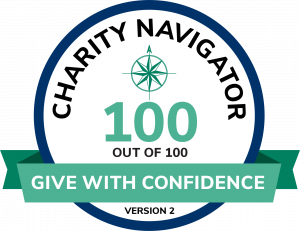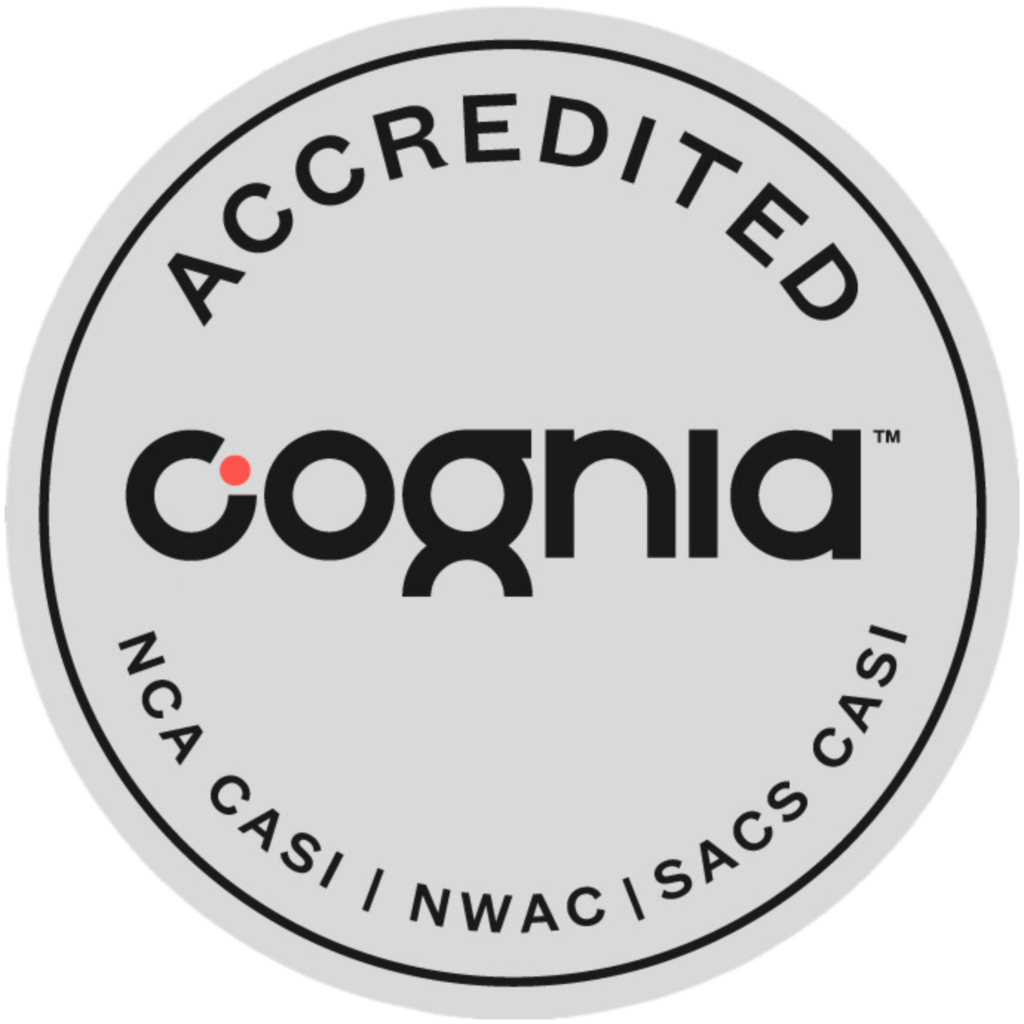If you find a baby bird (or really any animal) the following steps should help you know what to do.
by Molly Kelly, Wildlife and Outreach Coordinator | May 13, 2020

I don’t know about you, but between all the uncertainties and spending more time at home, I have been intentional about taking time to relax and finding comfort in the simple things. Two of my greatest comforts have come from watching movies from my childhood and spending time out in nature.
One of my all-time favorite movies is Fly Away Home (1996), the story of a young girl who finds a nest full of eggs in an area that had been bulldozed for construction. She rescues the eggs and successfully hatches them. Eventually her father finds out and brings in the local natural resource officer for advice (enter the villain). He explains that they are imprinted and need to be rendered flightless. The family disagrees with this and thus starts a great adventure of teaching the birds to fly and follow a goose shaped airplane. If you haven’t seen it, I highly recommend it.
While Fly Away Home will forever remain one of my favorite movies, I find myself struggling with the message. You see, as an adult, I’ve learned the villain is somewhat correct. These birds ARE imprinted and will likely be less successful in the wild. (Imprinting in wildlife is defined as “a young animal comes to recognize another animal, person, or thing as a parent.”) We won’t dive deep into nature vs. nurture, but while some things are instinctual, same-species parental care leads to greater rates of success for their offspring. This parental care not only allows for the bird to learn how to recognize their own kind (important when searching for a mate), it can also help ensure proper nutrition, protection from predators, learning the call dialect of the region, and migration patterns, as seen in Fly Away Home.
So you may be wondering WHY you are receiving a lecture on parental care of birds. That’s because it is BABY BIRD SEASON (!), and in my job as Wildlife Coordinator, I’ve resigned myself to dealing with the negative effects of someone who “rescued” and cared for our resident turkey vulture as a baby. As the vulture decides each day whether he wants to mate with me or bite me (HARD) for being in his space, I hope that sharing this info will prevent another baby bird from being unnecessarily rescued and either sent to live in captivity or worse, released back to the wild without the proper skills it needs for survival.
It is pretty easy to understand why someone would want to help out a baby bird: they are ugly cute. They have their little white down feathers and sometimes you can see their wrinkly pink skin making them look pretty pathetic. As compassionate humans, we can’t help but want to “save” them. However, if you are a Fly Away Home fan like me, I have some bad news: No, you cannot raise that baby bird. As explained, doing so takes away its chance at having a successful life in the wild and likely its chance at living into adulthood since baby birds almost always imprint on their main caretaker- bird or not.
The good news: there are other ways to help. So if you find a baby bird (or really any animal) the following steps should help you know what to do.
First off you should assess the baby bird. Is it bleeding or hurt? Some common examples of that are wing drooping/shivering or perhaps it was attacked by something (dogs and cats being the main risks in a neighborhood setting). If so, then get it help. In Minnesota the Wildlife Rehab Center or The Raptor Center (raptors only) are great resources for helping these animals.
If it doesn’t appear injured, the next thing to look for is more defined feathers. If it has more than just fluff, it is a fledgling bird learning how to fly. It is common for these birds to be on the ground, but if it is at risk of being attacked by a cat or dog you can put it in a bush or on a branch. Otherwise, leave it alone!
If it doesn’t have feathers, look around for a nest. If you can see a nest, place the bird back in the nest. You can watch from a distance for a while and see if the parents are visiting the nest. If they are, the bird is going to be ok. If you can’t find a nest or the parents don’t come back, then you should call a professional to help.
That all being said, I am sure many of us grew up hearing that if you touch a baby bird its parents won’t take care of it anymore. This is a MYTH! Not a lot is understood about birds and their sense of smell, but it is clear that a strange scent does not deter them from caring for their young. However, birds can transmit diseases to humans so wearing gloves or washing your hands after being in contact with them is a good idea.
The final kicker in all of this is that unless you have proper permitting, it is illegal to care for a wild bird. So, as much as you may want to help, it’s against the law for you to do so on a long-term basis. I know it can be tough to walk away from a baby bird, but you talking to it or cuddling it will only stress the bird out more. Parent birds are able to recognize the call of their babies and will come check on them when they are called.
Working with imprinted birds is a challenge. Their development is off due to not being raised by their own species and they may recognize their human caretakers as mates or territory threats. Both of these can put not only their caretakers at risk but also themselves. So while the turkey vulture at Eagle Bluff is my favorite bird to work with, he comes with many challenges that make it difficult for many of our staff to handle and more work to do certain types of programming. In fact, many animals that are human imprints are not suited to be education animals due to the lasting damage not being raised by their own species had on them. So please join me in letting your Fly Away Home-esqe dreams die and instead help educate others on why we shouldn’t raise wild animals ourselves.



